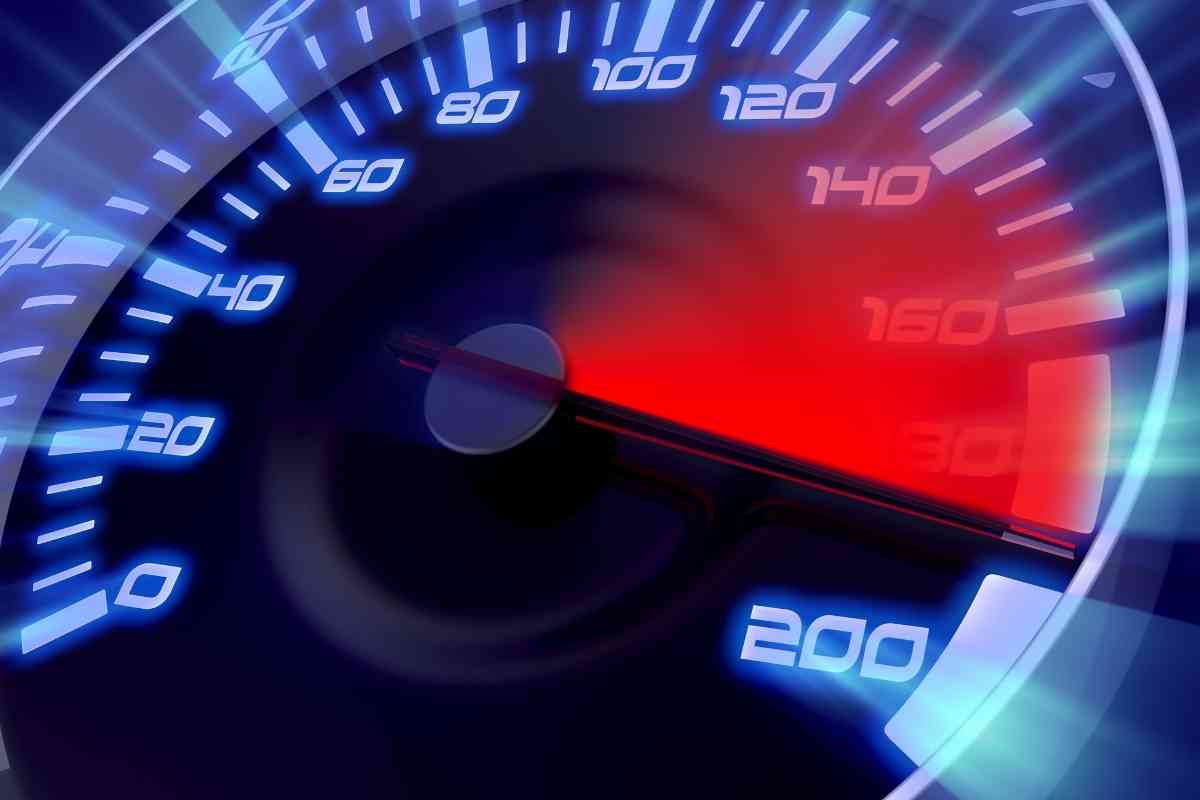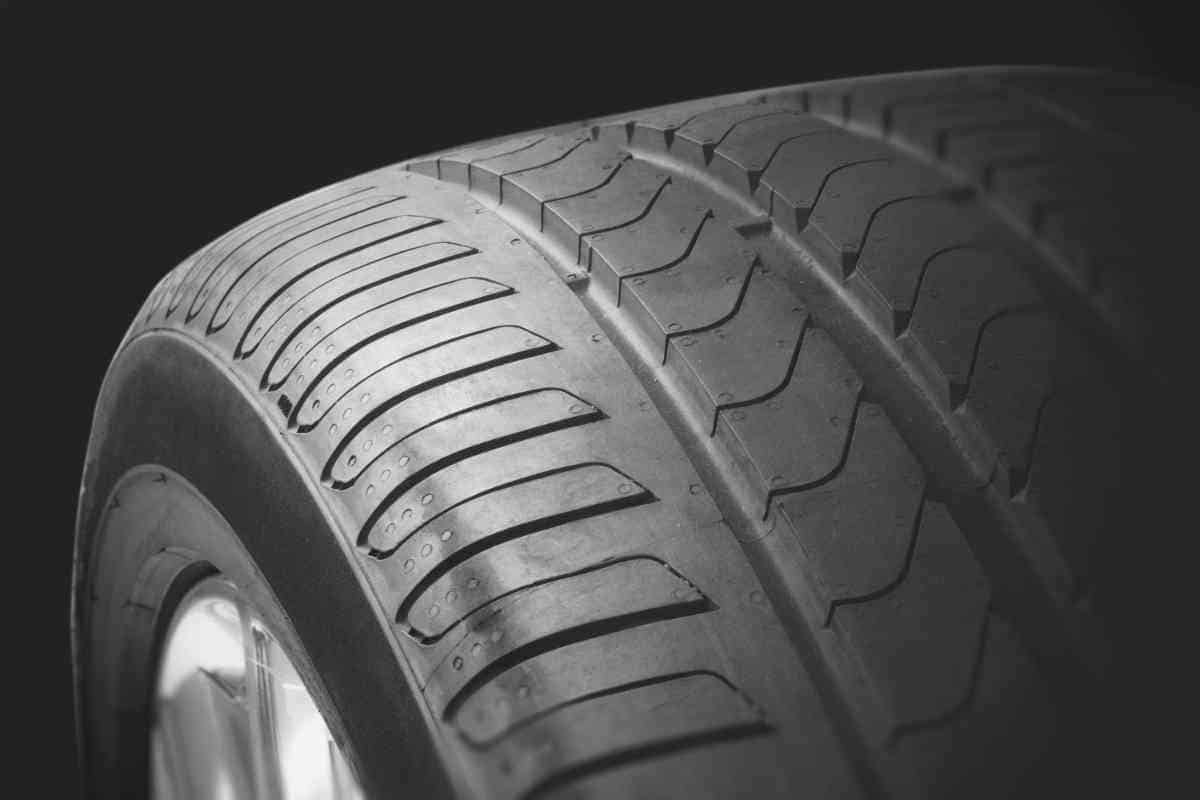How Much Do 35 Inch Tires Affect Your Speedometer?
If you are thinking about https://fourwheeltrends.com/how-heavy-are-35-inch-tires-answered/
, remember that they will affect your speedometer depending on some key factors. 35-inch tires could cause a significant discrepancy in your speedometer accuracy depending on your previous tire size. Calibrating the speedometer can also be tricky, so it is crucial to understand how this tool works.

How Much Do 35 Inch Tires Affect Your Speedometer?
The size of your tire will affect your speedometer. The bigger the tire, the longer your tire rotations are. So when you use 35-inch tires, you will cause the speedometer to indicate you are driving 1-5 MPH faster than you actually are unless calibrations are made.
Your tire size can have a significant effect on how fast the speedometer calculates because the circumference of a tire is directly related to its speedometer reading. This means that as you increase the size of your tires, your speedometer will read lower than it does with smaller tires. This guide is intended to explain how much 35-inch tires will affect the speedometer.
While many truck and SUV drivers prefer 35-inch tires, consider their impact on the vehicle. Keep reading to understand how they affect the speedometer.
Many people think that if they install larger tires on their cars, it will increase the vehicle’s speed. But in reality, the speedometer is calibrated to work with specific tire sizes.
When you install larger 35-inch tires, the speedometer will read incorrectly by anywhere between 1-5 MPH, so you might speed unknowingly. You can also expect worse fuel efficiency with this tire size.
This is because this tire size takes longer to do a complete tire rotation. As your tire rotates, the speedometer calculates the distance traveled.
But with a bigger tire, you are moving farther with fewer rotations causing the speedometer to miscalculate the total speed you are driving.
The reading on the device is determined by how far a wheel rotates, multiplied by its circumference, and then divided by two times the distance traveled.
The size of your tire will affect your speedometer readings and what you see on it.
Understanding how a speedometer works are necessary to precisely understand how your 35-inch tires will affect the way it runs.

How Does A Speedometer Work?
Speedometers are typically mounted on the dashboard of a car or truck, with the needle pointing to the current speed on an analog dial.
The most common style is to have one large needle pointing to the speed on one side of a circular dial and smaller arrows pointing to other measurements such as distance traveled or fuel level around the circumference of this dial.
There are two types of speedometers: mechanical and electronic.
Mechanical and electronic ones measure a vehicle’s movement using cables that connect to wheel hubs, while digital ones use an internal sensor (either optical or magnetic).
The total distance measures the speed traveled divided by the time it took. Because of this calculation, the number of tire rotations matters, which is why 35-inch tires affect the speedometer.
Why Do Bigger Tires Affect The Speedometer?
The size of the tire impacts the speedometer reading because it affects the circumference of the tire. The circumference is measured in terms of revolutions per mile, which is then converted to miles per hour.
When the tire gets bigger, the speedometer will read slower. This is because of the circumference of the tire.
When a car speeds up, it will turn its wheels faster. As a result, the wheel’s circumference will get smaller and smaller.
The speedometer is calibrated to measure the distance traveled by multiplying that circumference by a constant number.
So if you have a big tire on your car that has a big circumference, you will have less distance traveled when you go at a certain speed than if you had smaller tires with less circumference.
The tire size also does not directly impact actual speed. You will not see your car move slower because of a larger tire, but the speedometer will read the speed you are driving at incorrectly.
The speedometer is calibrated to show the speed at which the car is moving. It does this by measuring the time it takes for a wheel to make one complete rotation.
The circumference of a tire determines how fast it will rotate and, therefore, how fast the car will be going. But this is not true speed, only measured speed.
This means that if you put bigger tires on your car, then your speedometer would read lower than what you are actually going because the rotation takes longer.
How To Calibrate Speedometer With 35 Inch Tires
A car’s speedometer is calibrated in units of distance per hour. Depending on your tire size, you would need to make calibrations.
If you are using 35-inch tires, it would be necessary depending on how much of a size increase this is too. The process for calibrating a car’s speedometer depends on what type of speedometer you have.
Mechanical Speedometer
The mechanical speedometer is a bit complex and often requires assistance from a trained technician with industry knowledge and experience.
You will need to count the total number of teeth on the drive gear to calibrate it. This is to ensure you are getting the proper rotations while driving.
Once this is done, you can add up the tire’s revolutions per mile. This is done by measuring the entire length of the tire and then multiplying it by Pi.
Then you can divide the total inches in a mile (63,360) by this number. This would equal the total revolutions per mile of your tire.
This number can then be multiplied by the number of drive gear teeth. The result of this would then need to be multiplied by the axle ratio and divided by 1,001.
You can then make adjustments and attach the speedometer cable accordingly to get proper speed readings.
Electronic Speedometer
The electronic speedometer is much easier to calibrate for someone with little to no experience. It is ideal for beginners too.
There will be a button that you press and hold down while cranking the vehicle. It will give you reading while doing so.
Once you release the button, it will tell you how far to drive. You must then go this distance and click the button again.
If done correctly, it will automatically calibrate itself instantly.
How To Measure Speedometer Accuracy With 35-Inch Tires
If you are unsure whether your calibrations were done correctly, you should perform a road test to measure the speedometer accuracy on your new 35-inch tires.
This is quite simple to accomplish too. You can get on the highway and put your vehicle in cruise control at a single speed.
For easier measuring, it is ideal to set the cruise control at 60 MPH because this means you should move at 1 mile per minute.
You can set a timer once you begin the test too. While the timer runs, look for the odometer to calculate your one mile.
Once you reach the one mile, stop the timer as precisely as possible. If you see a different time than 60 seconds, you likely did not accurately calculate the speedometer.
